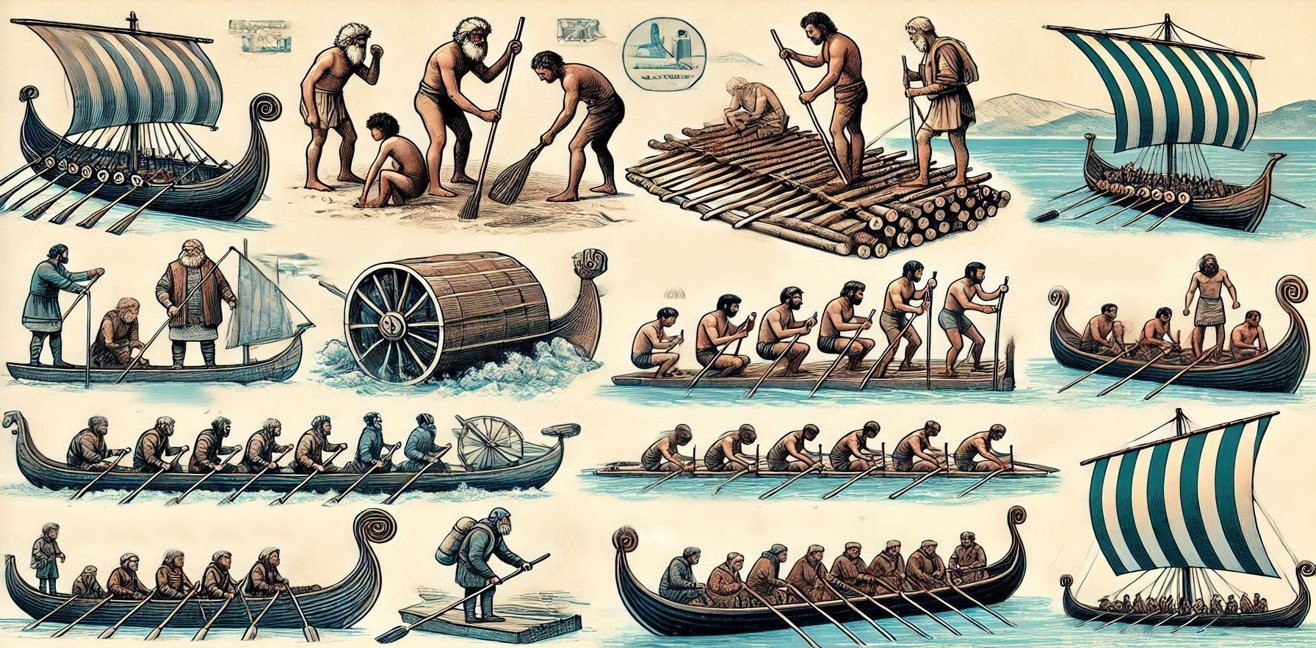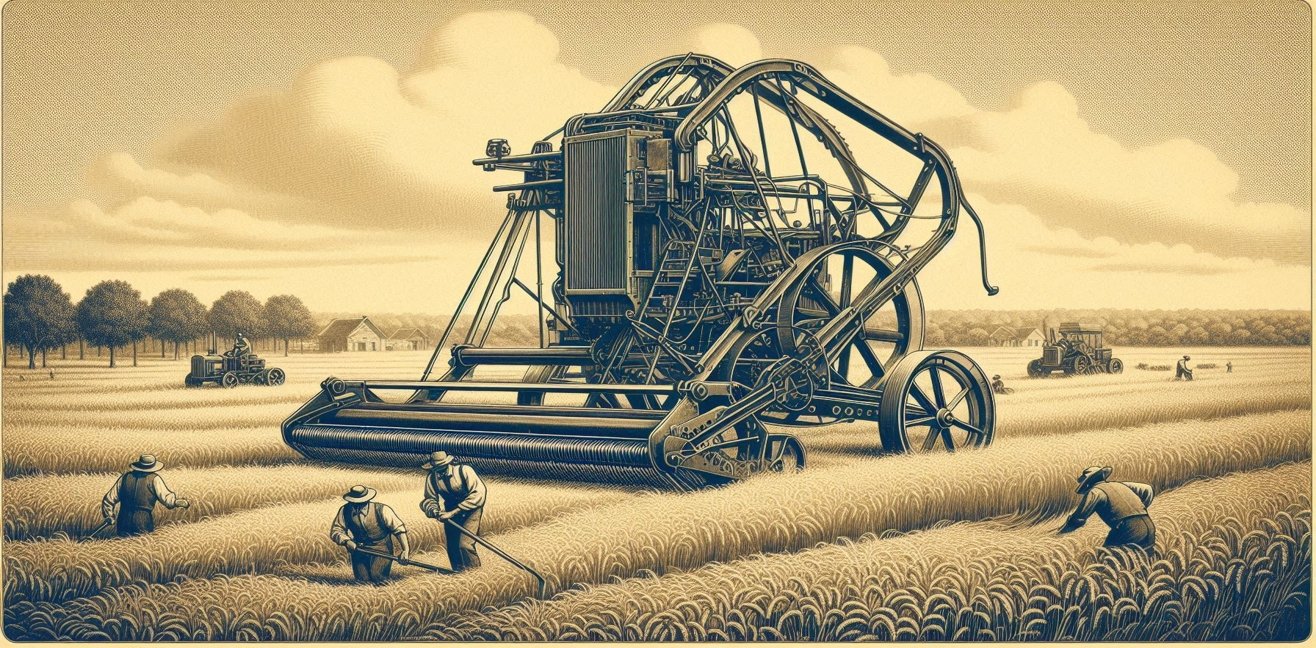Throughout human history, maritime navigation and waterways have played a crucial role in the development of civilizations. The beginning of this journey was made possible with the invention of the first boats. The invention of the boat is not only a significant milestone for transportation and trade, but also for cultural and technological advancements. In this article, we will examine the invention of the boat and how it evolved over time.
The First Boats: Simple Beginnings
The invention of boats dates back to prehistoric times. Early humans developed simple tools to move on water. The first boats were likely log rafts carved from tree trunks. This simple yet effective design facilitated movement on water and supported daily activities such as fishing and gathering.
Log Boats
Archaeological findings suggest that log boats date back at least 10,000 years. These boats were made by hollowing out large tree trunks and were typically used in calm waters such as rivers and lakes. Over time, log boats evolved into more complex designs and were developed in various ways by different cultures.
Advanced Technologies: Sails and Oars
By the 4th millennium BCE, early civilizations like Egypt and Mesopotamia began developing more sophisticated maritime technologies. During this period, innovations such as sails and oars greatly increased maritime capabilities.
Egypt and Mesopotamia
The ancient Egyptians developed sailboats to navigate the Nile River. These boats were equipped with sails made from large tree trunks and papyrus reeds. Meanwhile, the Mesopotamians invented oar-powered boats to navigate the Tigris and Euphrates rivers. These technologies paved the way for long-distance maritime trade.
Polynesia and Seafaring Societies
Polynesian sailors developed catamarans and canoes that could cover vast distances across the Pacific Ocean. These boats are known for their double-hull structure and balanced design. Polynesians were also famous for using stars to navigate, which enabled them to safely cross vast oceans.
The Middle Ages and the Age of Exploration
During the Middle Ages, maritime technology made significant progress in Europe, Asia, and the Islamic world. The Vikings sailed to the northern regions of the Atlantic with their long ships, while Arab sailors reached the coasts of India and Africa. In the Age of Exploration, European sailors developed new ship designs and navigation techniques to expand to all corners of the world.
Viking Longships
The Vikings were famous for their durable and fast longships. These ships, thanks to their ability to cross the Atlantic Ocean, reached North America. Viking ships had versatile designs that allowed the crew to both row and sail.
Age of Exploration
In the 15th and 16th centuries, European explorers set out on long-distance sea voyages to discover new trade routes and territories. During this period, ships like the caravel and galleon were developed. These ships had the capacity to cross oceans and could carry large crews and cargo.
Modern Times: Steamships and Beyond
The discovery of steam power in the 19th century marked the beginning of a new era in maritime navigation. Steamships reduced dependence on wind and oar power, enabling more reliable and faster travel. In the 20th century, more advanced technologies such as motorized boats, submarines, and nuclear-powered ships were developed.
Steamships
Steamships revolutionized maritime transportation during the Industrial Revolution. These ships, with independent power sources, could cover long distances more quickly and safely. During this period, transoceanic trade and passenger transport grew rapidly.
Modern Technologies
In the 20th and 21st centuries, maritime technology continued to advance. Motorized boats, submarines, and nuclear-powered ships played significant roles in modern maritime and military strategies. Today, with the progress of technology, work is ongoing on autonomous ships and environmentally friendly maritime technologies.
Conclusion
The invention of the boat is one of the most important turning points in human history. This journey, from simple log boats to modern steamships and autonomous maritime vehicles, reflects humanity’s desire to explore boundaries. The invention of the boat has contributed not only as a physical tool but also to the development of civilizations, cultural exchanges, and the shaping of world history. In this article, we have explored how the boat has evolved throughout history and why it is so significant for humanity.




